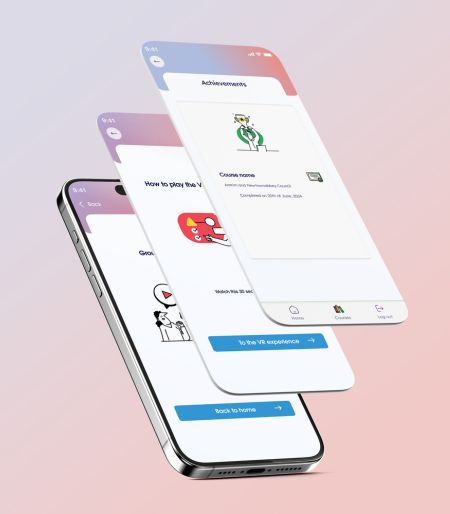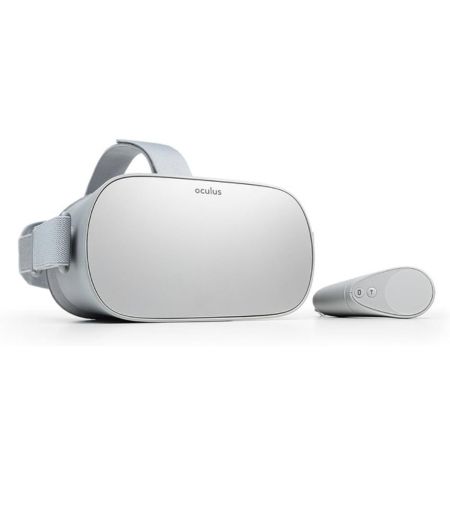Key takeaways
Smartphone-based training offers a scalable, flexible, and cost-effective solution that works on the devices teams already have. It supports a wide range of training needs — from immersive 360° experiences to simple onboarding and compliance — while remaining easy to deploy, customise, and integrate.
Standalone VR training, on the other hand, delivers highly immersive, simulation-driven learning ideal for specialised, hands-on environments. While it provides a powerful sense of presence, it comes with higher hardware costs, limited scalability, and less flexibility for adapting content across broader training needs.
In short: Smartphone-based solutions expand possibilities across teams and training types. Standalone VR excels in niche, high-fidelity simulation use cases — but with greater operational complexity.







